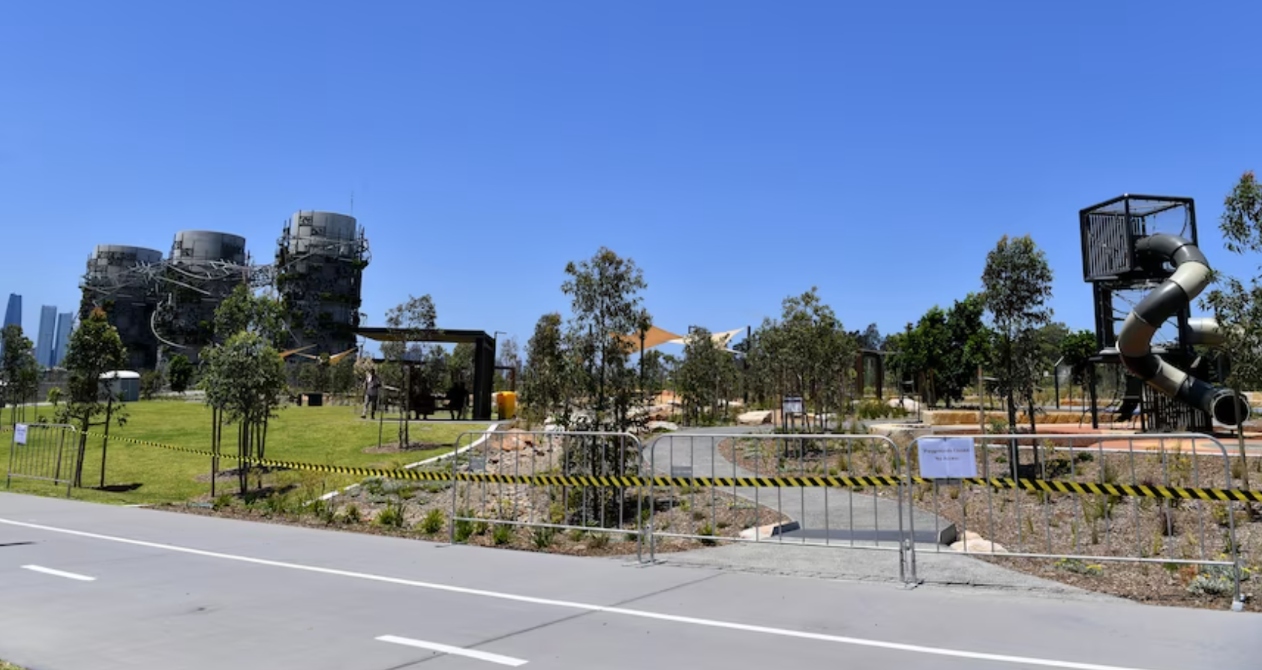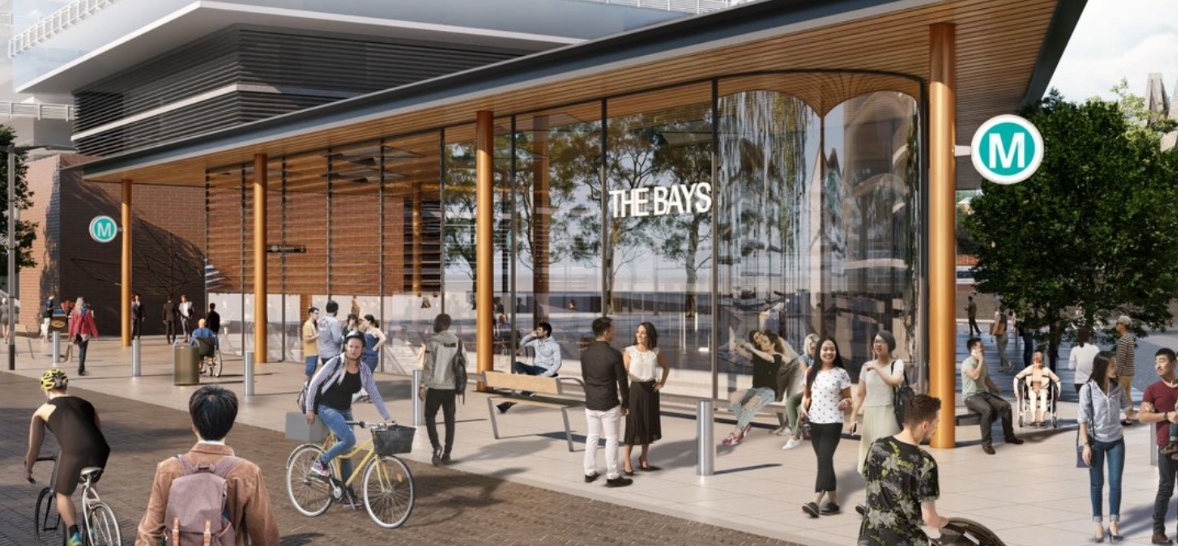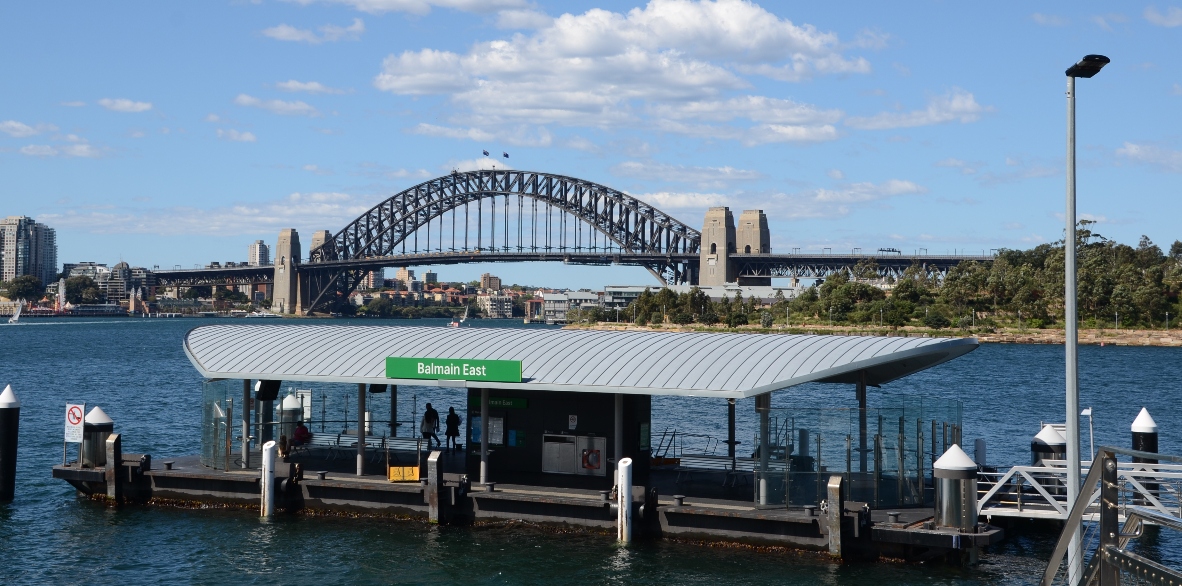
Fighting the Woolly mammoth
Angered, and inspired to act, in equal measure – community disquiet is growing towards the proposal for a Woolworths on Parramatta Road in Annandale.
The Woolworths proposal – which is at the PreDA-stage – is opposed by Council for a variety of reasons, including a lack of sympathetic design towards existing buildings, an enormous breach of the maximum allowable floor-space ratio (2.05:1, rather than the 1.5:1 permitted for mixed-use developments), a lack of on-site parking and concurrent traffic problems, and potential negative impact on local businesses.
“We’ll all be affected because of the traffic,” said local resident Gretchen Gamble. “Basically, we’re objecting to the notion that we need something as large as this – we think it’ll ruin the atmosphere of the village.”
Fellow resident Richard O’Shea concurred, saying that people did not object to development per se on the site, but that the proposal was out of proportion for the area. “When you add together the proposed operating hours, and the deliveries outside of them, this is effectively a 24-hour operation,” he said. “It’s going to trash the amenity of the surrounds – it’s just totally inappropriate.”
Annandale Street resident Susan Miles was worried about safety aspects relating to the proposed development. “This is a school pick-up zone, and there’s already issues with how dangerous it is, and cars speeding,” she said. “The sheer volume of cars will put more people at risk, especially children and elderly people – there’s a primary school and a pre-school just down the road, and also two nursing homes.
“They’ve put in a claim [in terms of exceeding the LEP] that’s much larger than could ever be allowed by Council,” said Greens Councillor Cassie Plate. “Council’s objections are similar to our ones with Tigers – the fact that it’s an overdevelopment for the site, the terrible traffic problems, and the destruction of the unique character of local businesses. They’re key to the character of the area, and we’re one hundred per cent supportive of them.”
Associate Professor Frank Zumbo, who has studied competition law for over 20 years, was critical of the proposal. “The one thing that emerges from that research over the years is that where you’ve got sectors dominated by a very small number of large and powerful companies, you find that they act as a ‘cosy club’,” he said. “Where there is just a Coles and Woolworths, the prices there are higher than in those markets where there are strong independents – the evidence is clear from ACCC research.”
Mr Zumbo said there was a danger that if Woolworths opened in Annandale, they could engage in two major forms of price discrimination. “One is ‘predatory pricing’, where they can sell below-cost, for extended periods of time, to drive out the local small businesses,” he said. “Once that happens, prices will go up at that Woolworths. The other thing they could do is engage in ‘geographic price discrimination’, where the prices at the [Annandale] Woolworths might be lower than other Woolworths stores for a period of time, and once the local competition is gone, those prices will go back up.
“[Their aim] is simply to saturate the area to suffocate the local businesses. Woolworths, for example, has five supermarkets already in place within a radius of five kilometres [of the proposed Annandale site]. To put another one is designed to remove what remaining oxygen there is from the independents.”
However, a spokesperson for Woolworths denied the company engaged in predatory pricing practices. “It’s not our policy to engage in predatory pricing,” he said. “We have the same price for dry groceries across NSW. We price-match on some fresh produce, but we don’t undercut retailers on exactly the same product.”
“Speaking generally, Woolworths brings many benefits to communities,” said Woolworths Community Relations Manager, Simon Berger. “We deliver convenience, range and value for local customers, which encourages more people to do their shopping locally, reduces the number of people shopping outside the local area, and generates opportunities for neighbouring small businesses. While Woolworths can be a bit of a ‘tall poppy’, the truth is we are only a successful company because we do a good job serving customers and local communities.”









